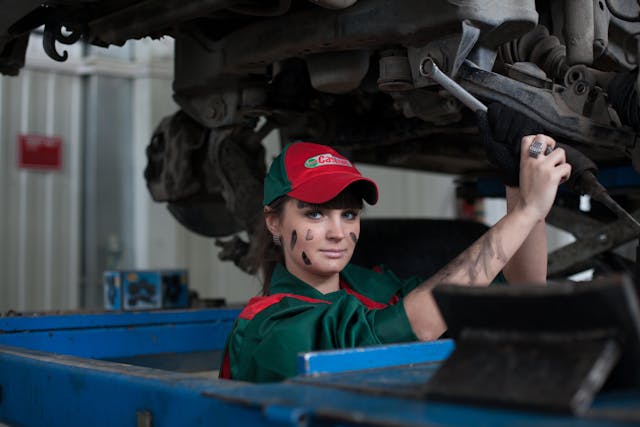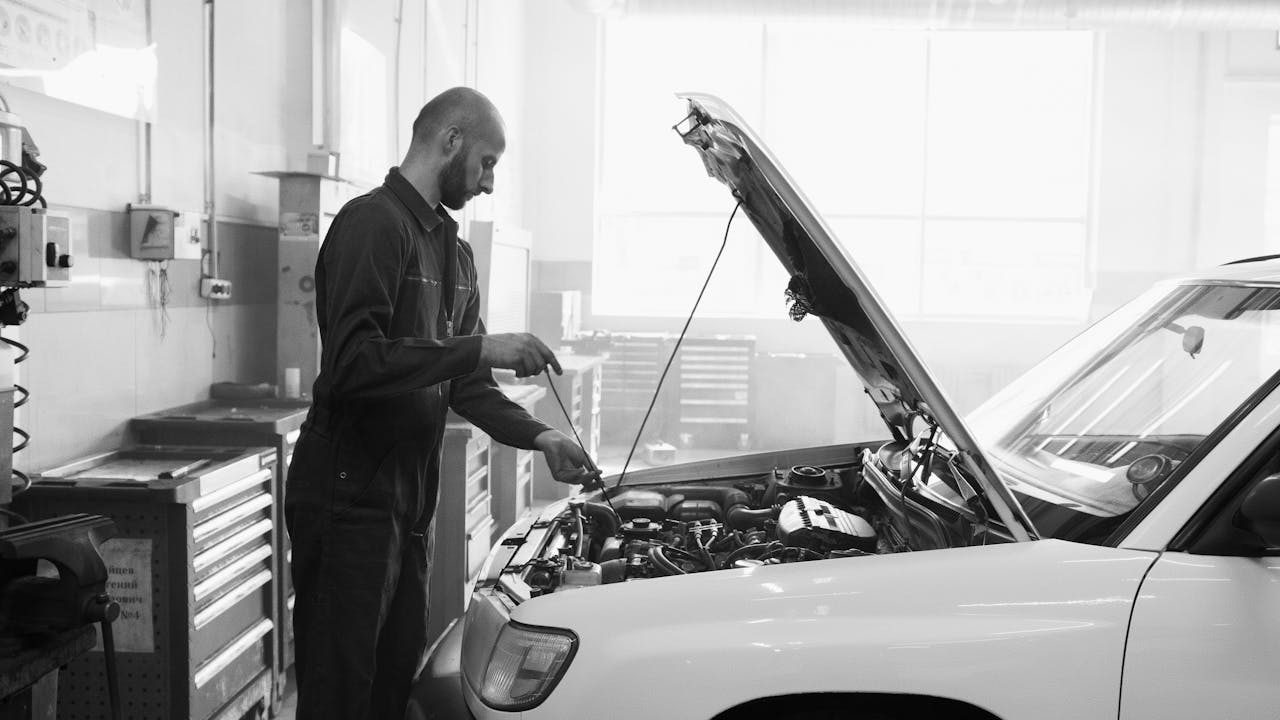

The business models of Mobility as a Service (MaaS) in Southeast Asia have witnessed significant developments, shaping the region's transportation dynamics. As we explore the current state and future outlook of MaaS business models, key trends and market insights come to the forefront.
MaaS in Southeast Asia is primarily categorized into three services: ride-hailing, car-sharing, and micromobility.
In the realm of ride-hailing, regional giants Grab and Gojek have become household names, expanding beyond transportation to include services such as food delivery and payment solutions. A noteworthy trend is the emphasis on motorcycle-hailing, aligning with the popularity of these vehicles in the region. Governments are increasing regulations to ensure safety and fair competition, implementing licensing requirements for drivers and restrictions on the number of ride-hailing vehicles on the road.
Car-sharing in Southeast Asia is evolving with the emergence of local players like SoCar in Malaysia and BlueSG in Singapore. Collaborative efforts between private and public entities, including dedicated parking spaces, are becoming more common. Integration of car-sharing into existing ride-hailing platforms, exemplified by Grab and Gojek, is a strategic move to offer diverse services within unified platforms.
Local micromobility players such as Beam and Neuron in Singapore are focusing on affordable and sustainable urban transportation solutions. These companies attract significant investments, forming partnerships to expand service offerings. Collaborations, like shopping malls in Malaysia providing electric scooters, underscore the growing integration of micromobility into everyday life.
The market size of MaaS in Southeast Asia is projected for robust growth until 2027, driven by urbanization and increasing smartphone penetration. Ride-hailing dominates the revenue share, with a 96.5% market share as of 2022. This share is expected to slightly decrease by 2027, as car-sharing and micromobility segments are poised for growth. While both ride-hailing and car-sharing experienced a decline during the COVID-19 pandemic, a rebound with double-digit growth rates is anticipated post-pandemic recovery.
Micromobility emerged as the only segment within MaaS to experience growth during the pandemic, meeting consumer needs for affordable transportation alternatives, shorter travel distances, and safety.
Ride-hailing is most prominently adopted in Indonesia and Vietnam, driven by the affordability and diverse mobility options it offers. In Singapore, car-sharing takes the lead, primarily influenced by the high costs associated with owning a personal vehicle. Notably, Thailand and Indonesia lead in micromobility revenue generation, fueled by their substantial populations of motorbike and bicycle owners, surpassing other Southeast Asian countries in this aspect.
Looking ahead, ride-hailing will remain a key segment, but car-sharing is expected to undergo higher growth. Challenges such as the lack of infrastructure and legal frameworks may impede MaaS development. A heightened competition between industry giants Grab and Gojek is anticipated, driven by a competitive digital payment landscape and a surge in internet users.
The future of MaaS in Southeast Asia will witness increased investments in infrastructure development and electric vehicle (EV) production. Electric and autonomous vehicles are poised to gain traction, aligning with the region's commitment to sustainability. As innovation continues to evolve, MaaS in Southeast Asia stands at the forefront of the transportation revolution, poised for growth, adaptation, and a sustainable future.
Source: https://ycpsolidiance.com/white-paper/exploring-ma-entry-opportunities-in-fintech-via-bnpl-and-p2p

An Overview of Southeast Asia’s Startup Ecosystem
Southeast Asia’s startup ecosystem is characterized by its diversity and rapid growth. Key markets include Singapore, Indonesia, Malaysia, Thailand, Vietnam, and the Philippines. Each of these markets presents unique opportunities and challenges. Singapore, for instance, serves as a financial and technological hub, offering a conducive environment for startups with strong government support and a mature investment climate. Indonesia, with its large population, presents vast market opportunities, particularly in sectors like e-commerce and fintech.

How Major Players Unlock Opportunities in SEA’s Digital Payments Landscape
The digital payment landscape in Southeast Asia (SEA) is rapidly evolving, driven by increasing internet penetration, smartphone adoption, and a burgeoning fintech ecosystem. Major players in the digital payment space are pioneering innovative solutions, facilitating seamless transactions, and enhancing financial inclusion.

Key Drivers of Southeast Asia's Last Mile Logistics Market
The growth of last mile logistics market in Southeast Asia (SEA) is driven by various factors that are reshaping consumer expectations and industry dynamics. This article explores the key factors driving SEA's last mile logistics market, highlighting the convergence of digitalization, consumer demands, technological advancements, sustainability initiatives, and the development of e-commerce and essential deliveries.

Embracing Sustainability: The Rise of Sustainable Automotive Lubricants in SEA
In recent years, Southeast Asia (SEA) has witnessed a growing emphasis on sustainability across various industries, and the automotive sector is no exception. As the region gears towards a greener future, sustainable automotive lubricants have emerged as a key focal point in the drive towards environmental stewardship and resource conservation.